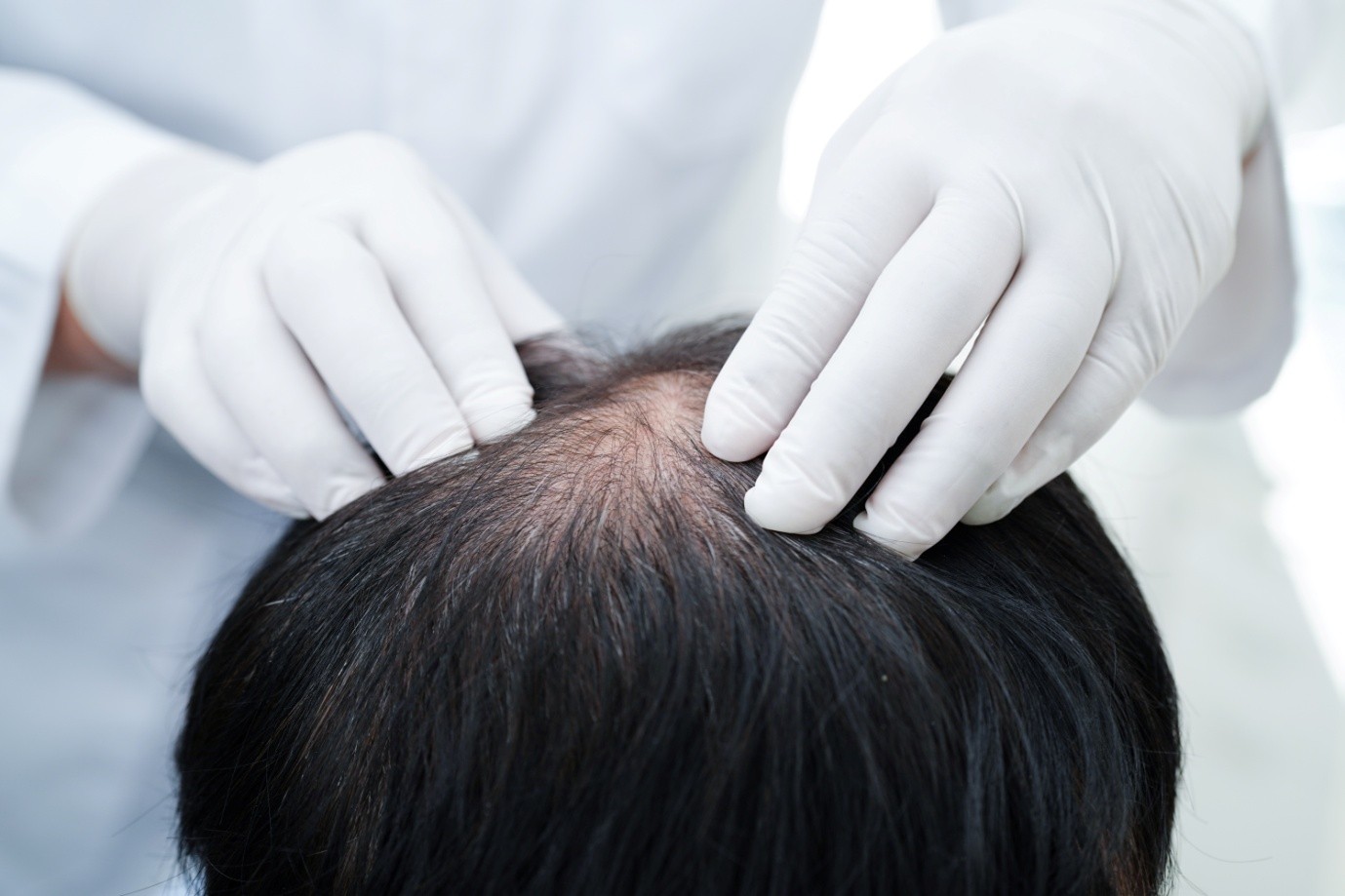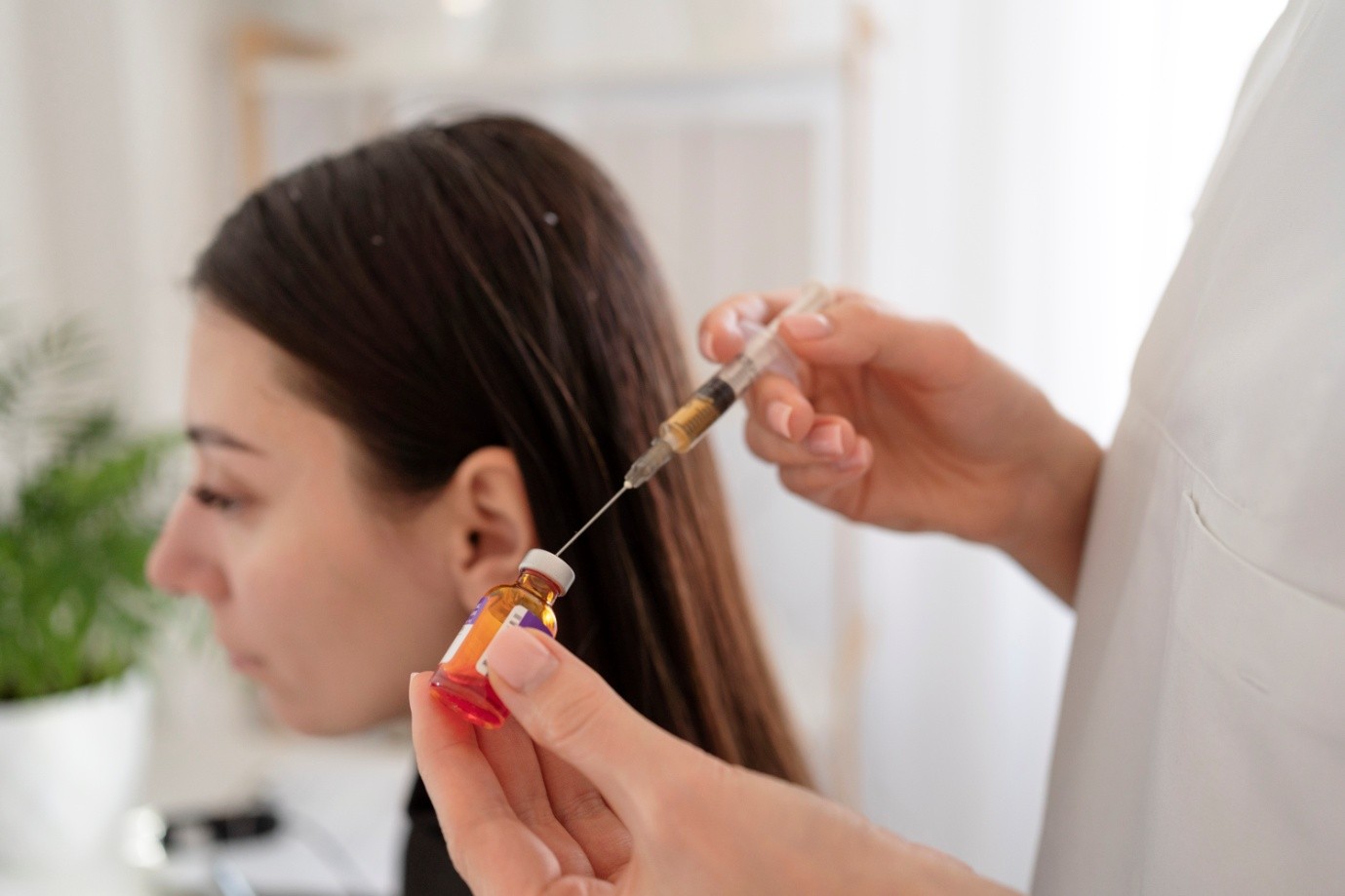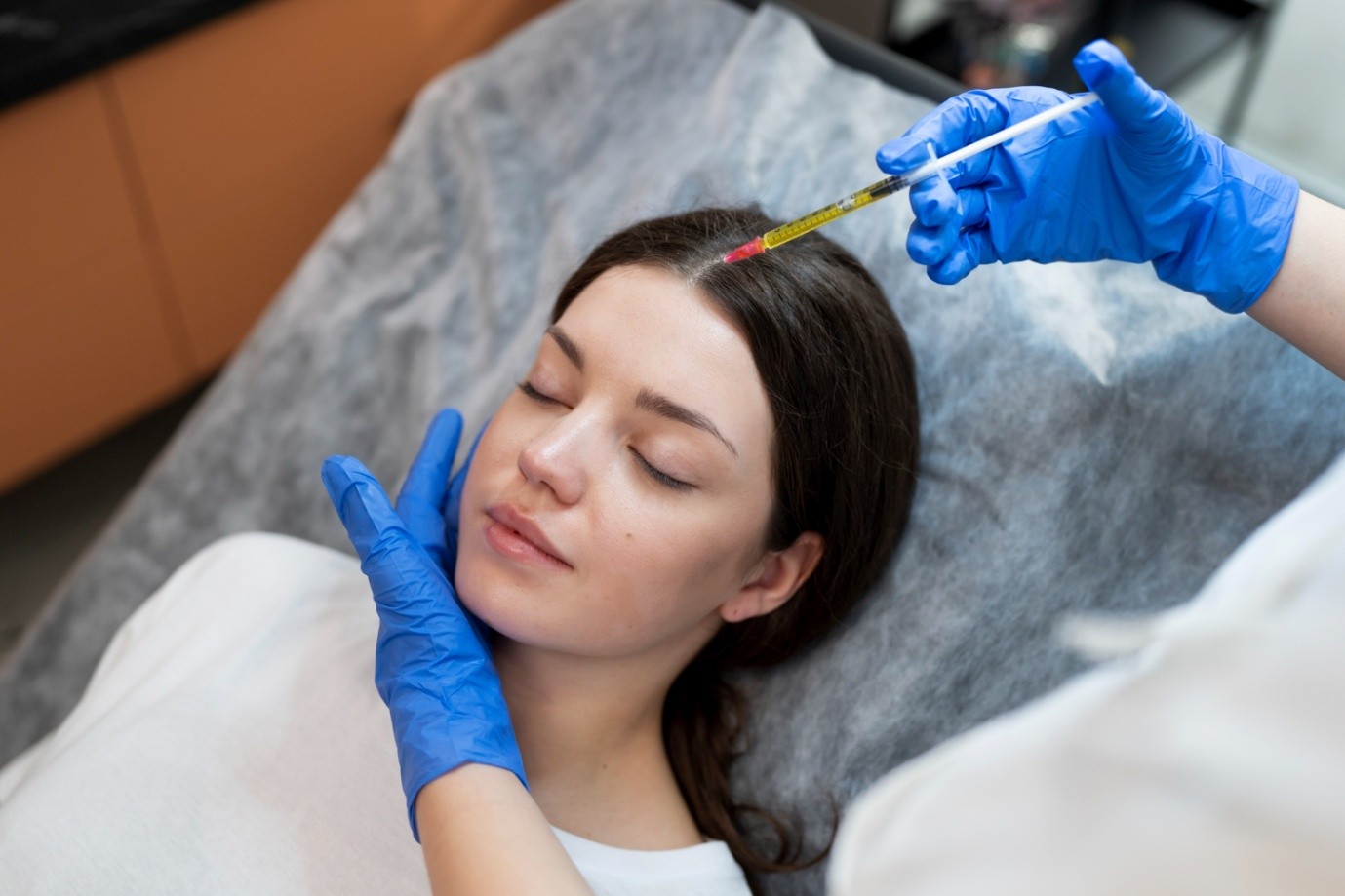Everything You Need to Know About PRP for Hair Restoration
Hair loss can be an emotionally challenging experience for individuals of all ages and genders. Whether it’s triggered by genetics, hormonal imbalances, stress, or health conditions, thinning hair often impacts self-esteem and personal appearance. For many, finding an effective and lasting solution becomes a priority in restoring both their hair and confidence.
In recent years, advancements in regenerative medicine have introduced Platelet-Rich Plasma (PRP) therapy—a groundbreaking treatment that uses the body’s natural healing mechanisms to promote hair regrowth. Unlike surgical procedures, PRP is minimally invasive, safe, and relies on your own blood to rejuvenate weakened or dormant hair follicles.
Rediscover your confidence with PRP therapy—a natural, safe, and powerful way to revive thinning hair and reveal a fuller, healthier look. Let your hair shine as brightly as your confidence!


What is PRP Therapy?
PRP, or Platelet-Rich Plasma, is a component of your own blood that is rich in growth factors and healing proteins. These platelets play a crucial role in tissue regeneration and repair. When concentrated and injected into specific areas of the scalp, PRP can awaken dormant hair follicles, encourage new hair growth, and thicken existing hair.
PRP has long been used in sports medicine and orthopedics to accelerate healing in joints and soft tissues. Its application in dermatology and hair restoration is based on the same principle: triggering the body’s natural repair mechanisms.
How PRP for Hair Restoration Works
The PRP hair restoration process typically involves the following steps:
Blood Collection
A small amount of blood is drawn from the patient, usually from the arm—similar to a routine blood test.
Centrifugation
The blood is then placed in a centrifuge, a machine that spins at high speed to separate the components. This isolates the platelet-rich plasma from red blood cells and other blood elements.
Extraction of PRP
The resulting plasma, now rich in growth factors, is carefully collected for use in the treatment.
Scalp Injections
The PRP is injected into the scalp, particularly in areas where hair is thinning or shedding. A fine needle is used, and the injections are generally well-tolerated, especially with a topical numbing cream applied beforehand.
Some clinics may enhance the process by using microneedling to create micro-channels in the scalp, improving PRP absorption and effectiveness.
What Makes PRP Unique?
PRP therapy stands out from other hair restoration methods due to its use of the body’s own biological material. There’s no risk of allergic reaction or foreign substance rejection. Moreover, PRP is drug-free and surgery-free, offering a completely natural approach to hair regrowth.
Unlike topical treatments that may require daily use or medications that have systemic effects, PRP works by rejuvenating and nourishing hair follicles from within.
Who is a Good Candidate for PRP Hair Treatment?
PRP works best for individuals who are in the early stages of hair thinning or mild-to-moderate hair loss. It is particularly effective for:
- Men and women with androgenetic alopecia (genetic hair loss)
- Individuals experiencing hair thinning due to stress or hormonal imbalances
- Patients with patchy hair loss (alopecia areata)
- People looking to maintain hair transplant results
It’s important to have a thorough consultation with a medical professional to determine your eligibility and set realistic expectations.
Benefits of PRP Hair Restoration
The results of PRP therapy can be transformative for many patients. Here are the top benefits:
Stimulates Natural Hair Growth
PRP enhances the body’s natural growth factors, encouraging dormant hair follicles to become active again.
Improves Hair Density and Thickness
Many patients report an increase in the volume and thickness of their hair within months of treatment.
Non-Surgical and Minimally Invasive
PRP requires no incisions or downtime. Most patients return to normal activities immediately after the session.
Safe and Natural
Since PRP is derived from your own blood, the treatment is biocompatible and carries minimal risk of complications.
Complements Other Treatments
PRP can be combined with other hair restoration methods, such as microneedling or hair transplants, to enhance results.
What to Expect After the Treatment
After a PRP session, patients may experience slight redness, tenderness, or swelling at the injection sites. These side effects are typically mild and resolve within 24–48 hours. Some people may notice slight shedding in the first few weeks—a normal part of the hair growth cycle before regrowth begins.
Noticeable improvement often becomes visible within 2–3 months, with full results usually seen after 6–12 months. As with any medical procedure, results vary based on the individual’s hair loss pattern, genetics, and overall health.
Recommended Treatment Schedule
PRP therapy is not a one-time treatment. A typical protocol includes:
- Initial Phase: 3–4 monthly sessions
- Maintenance Phase: 1 session every 4–6 months
This schedule may be adjusted depending on individual response and hair regrowth progress. Consistency is key to achieving and maintaining optimal results.
How PRP Compares to Other Hair Loss Treatments
Many patients wonder how PRP stacks up against other hair restoration options. Here's how it compares in general:
PRP vs. Medications (Minoxidil, Finasteride)
PRP stimulates regrowth without introducing chemicals into the body. While medications may help slow hair loss, they can come with side effects like scalp irritation or hormonal imbalances.
PRP vs. Hair Transplant Surgery
Hair transplants offer permanent solutions for severe hair loss but involve surgery, scarring, and downtime. PRP is less invasive and better suited for earlier stages of hair loss or as a supplement to transplants.
PRP vs. Laser Therapy
Laser therapy can promote hair growth but often requires frequent sessions and long-term commitment. PRP offers more direct stimulation through growth factors and shows faster results in many cases.
Final Thoughts: Is PRP Right for You?
PRP therapy has transformed the field of non-surgical hair restoration by offering a safe, effective, and natural approach to reversing hair loss. While it’s not a miracle cure or a substitute for surgical procedures in severe cases, it provides promising results for many people struggling with thinning hair.
Whether you're dealing with early signs of hair loss or looking for a complementary treatment to boost other therapies, PRP might be the missing piece in your hair restoration journey. Consulting with a qualified professional is the first step to understanding your options and creating a customized plan tailored to your needs.
Healthy, fuller hair doesn’t have to be a dream—it can be your reality with the right treatment.

